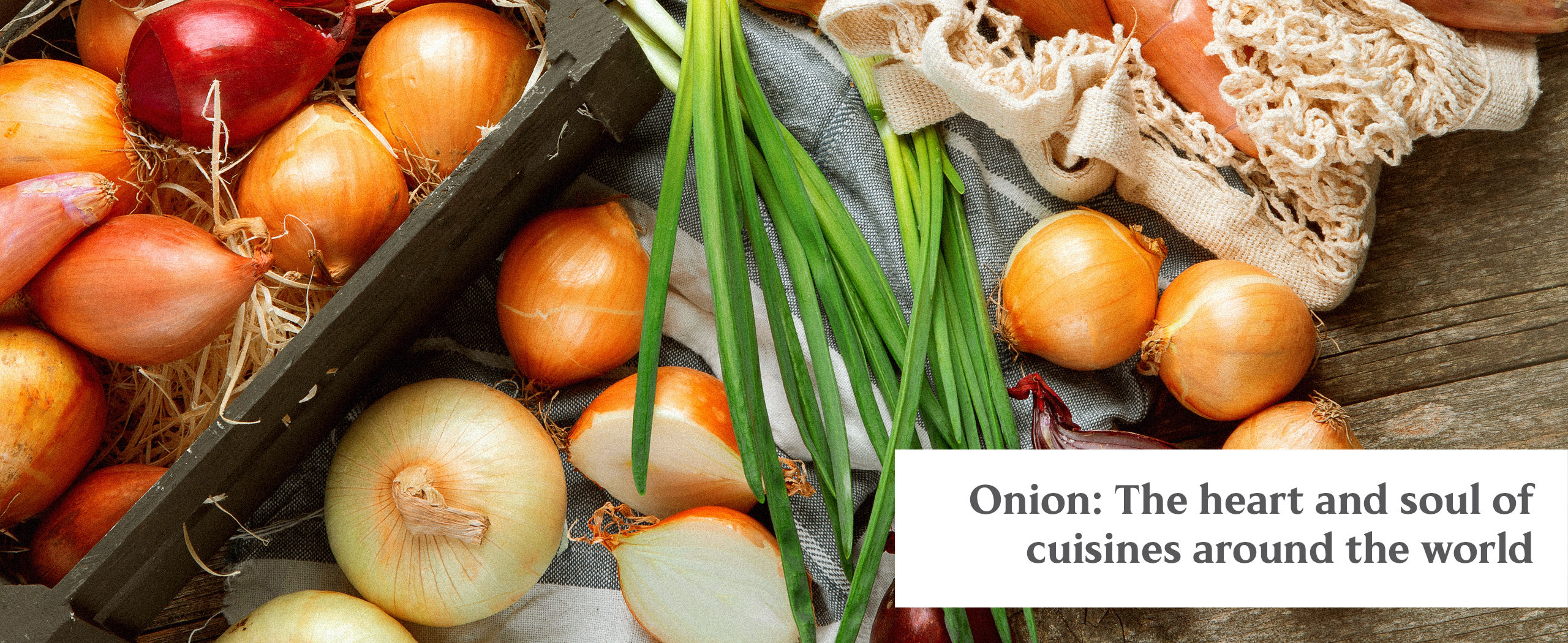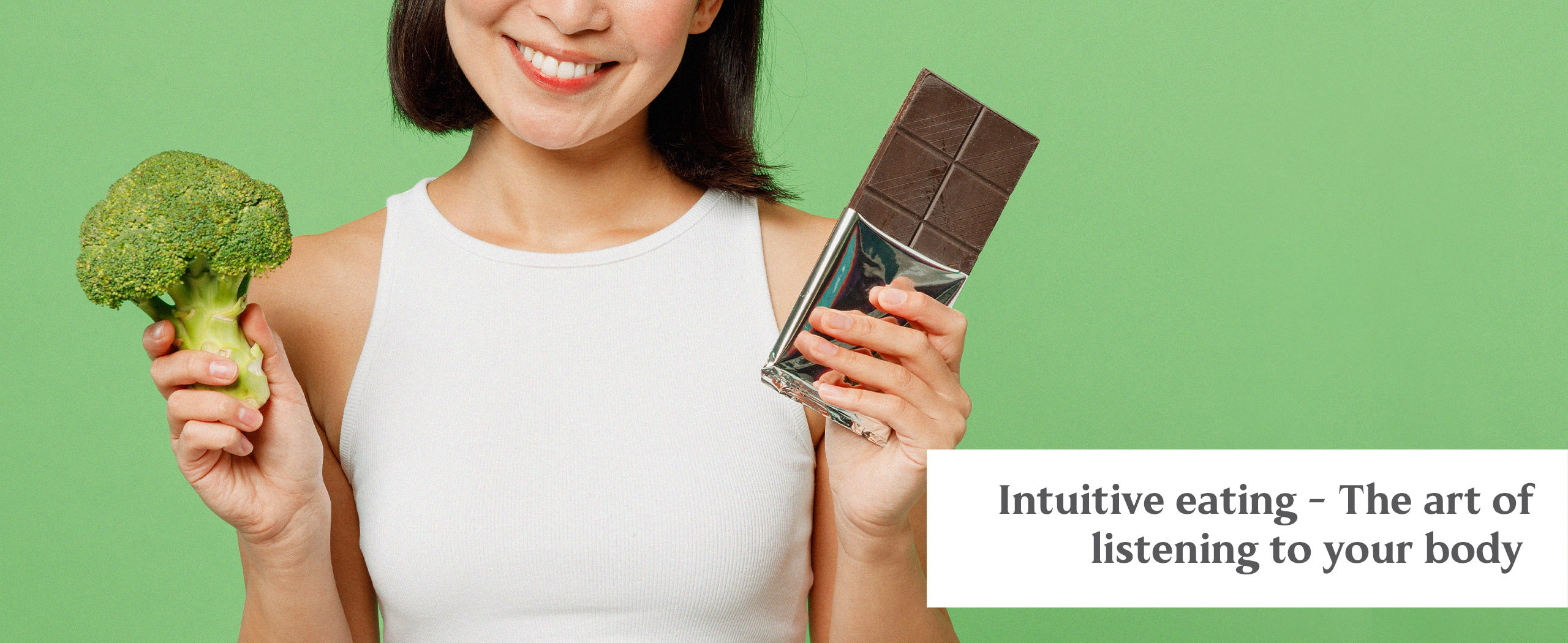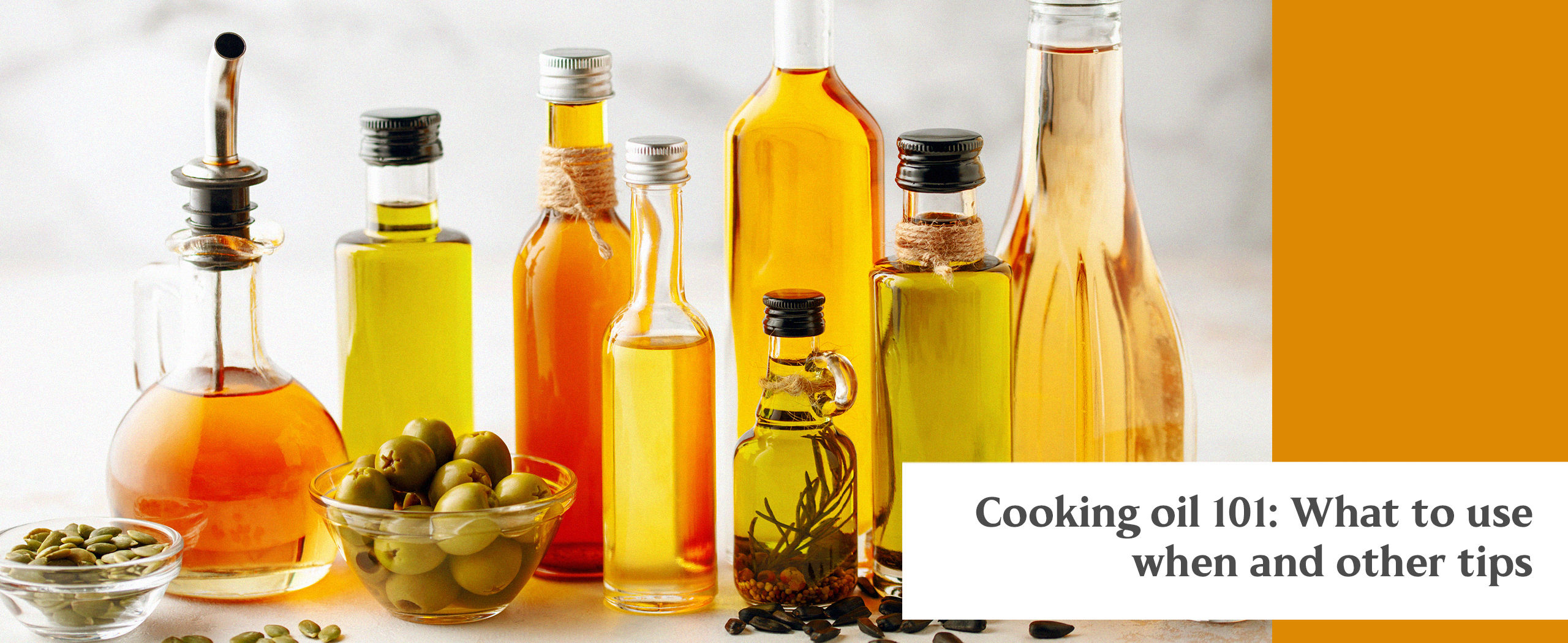Rice is a major staple and main ingredient in popular dishes worldwide, but many in Western countries are still confused about how to cook rice. People often hesitate about incorporating rice into their everyday meals, not because they don’t want to try it, but because they feel that they don’t know how to cook rice.
Knowing how to cook rice seems to be a special culinary skill. But it is really quite simple if you grasp some basic concepts and, most importantly, are ready to not be intimidated by rice. This humble and wholesome ingredient does not present any more difficulty in cooking than other staples, and if you learn a few simple tips, rice can quickly become your go-to as a main dish, a side dish, or even dessert.
What are the basic types of rice?
Just as there are many varieties of the potato, there are also many different types of rice. However, variety in the case of rice adds to the confusion felt by people who don’t feel confident about how to cook it. They think of very different foods like sushi, biryani, risotto, pilaf, etc., and feel discouraged about how to ever get it right. There seem to be so many types of rice, various ways of cooking it, so many different types of dishes in which it is used, in so many countries, that it is understandable people feel they will never know how to cook rice.
To start with, it would be important to decrease the amount of confusion by simplifying things and understanding that there are two main types of cultivated rice: Indica and Japonica. The botanical term for the rice (Asian) is Oryza sativa, and Indica and Japonica are its two subspecies, relating to two distinct geographical areas, comprising India, Pakistan, Bangladesh, China, Thailand, etc., and Korea and Japan. Japonica rice grains are short and roundish, while Indica rice grains are longer, thinner, and flatter.
It is important to remember that varieties of these two major types are often used to cook similar dishes, producing a different version.
For instance, Kochani rice is a medium-grain variety that grows in North Macedonia and has been cultivated in the region for centuries. The Macedonian pilaf is cooked using this rice grain. Here we can see that while the Indian pilaf is cooked with long-grain aromatic basmati rice, North Macedonians prepare a similar dish from a medium-grain and sticky variety of rice.
Also, while in India and Pakistan, a rice and milk-based dessert, kheer, is prepared using Basmati, in Turkey, a rice and milk dessert, the Turkish rice pudding Sütlaç, is cooked with Osmancik rice, resulting in a different, more starchy and creamy dish.
On the other hand, some dishes are prepared with similar types of rice. While Italians use Arborio rice to cook risotto, Kochani rice can also be used because it is high in starch.
Now we can look at rice more simply. There are three main varieties: long, medium, and short-grain rice, and each type of rice is ideally suited to a particular dish. For example, Indian biryani is cooked with aromatic long-grain basmati rice; risotto is cooked with medium-grain starchy rice; sushi is made with short-grain rice high in starch.
How to cook long-grain rice
Long-grain Basmati rice is low in starch, but to remove most of the starch, it is important to wash it a few times until the water becomes clear and clean. Typically, the rice does not need to be soaked.
The ratio of rice to water (or broth) is important. One cup of rice to one and a half cups of liquid is the correct ratio. Rice can be toasted briefly on butter or ghee before adding salt to taste and water. According to personal preference, cumin, cardamom, turmeric, cinnamon, saffron, etc., can be added to the rice to enhance flavor.
Bring the water to a boil and cook on low heat for about 15 to 20 minutes without removing the lid. Turn the heat off and leave the rice with the lid on for another five minutes. A fork can be used to fluff the rice before serving.
This is an easy stove-top absorption method (when rice is cooked by absorbing all the liquid) for long-grain rice. It will give you lovely, fluffy rice with each grain intact, without any starchy texture.
You can also use the draining method if you don’t want to worry about the ratio of water to rice. This is similar to cooking rice like pasta. You will need a large pot that you can fill up to ¾ full. Once the water has come to a boil, add salt and stir in the rice. Cook the rice without covering the pot until it is almost done. Drain the rice and cook for about five more minutes on very low heat with the lid on.
How to cook medium-grain rice
Although Arborio rice is often mentioned as short-grain, it is actually a variety of medium-grain rice. It can be cooked on the stove using two cups of water to one cup of rice. Bring the water to a boil, first on medium-high heat. Then add a tablespoon of olive oil and one cup of Arborio rice to the boiling water. This method requires constant stirring until the water begins to boil again. Cover the pot and leave the rice to simmer gently. All the liquid will be absorbed in approximately 20 minutes.
An alternative method is to use a pressure cooker. Preheat the pressure cooker, add one tablespoon of olive oil and one and a half cups of rice, and stir for a few minutes. When the rice becomes opaque, add three cups of water or chicken broth, season, and stir. The rice is cooked at high pressure for five minutes. Stir in half a cup of additional water or chicken broth, stir, and add more liquid if the rice becomes too thick. The flavor can be enhanced by adding Parmesan cheese once the rice is cooked.
Never wash or soak Arborio rice before cooking; otherwise, you will not achieve the desired creamy texture. While you can use the draining method for Arborio rice, this will not provide you with the rich risotto texture.
How to cook short-grain rice
Japanese rice should be washed thoroughly while gently turning it around with your hands. After washing the rice, add two cups of water to a pot and leave it to soak for about one to two hours.
The ratio of water to rice is two cups of Japanese rice and two cups of water. Bring to a boil on the stove. Once the rice starts boiling, reduce the heat and put the lid on, leaving it to simmer for about 8 minutes. Remove from the heat and allow it to rest for five minutes without opening the lid. After the rice has rested, mix it gently with a spatula. This method will give you fluffy and sticky rice, but each grain will still be separate. Notice that the rice will be sticky, not mushy.
If you want, you can use a rice cooker. A rice cooker with a setting for white rice makes it very easy to cook the rice because you can simply add water to the marked line. Washing, rinsing, and soaking for about 30 minutes is also required for this method. Once the rice is cooked, fluff it using a spatula in a slicing motion.
How to cook brown rice
Brown rice, whether long or short-grain, still has its bran layer on it. This layer makes the outer surface harder than that of the white rice grain. Washing, rinsing, and soaking brown rice for longer periods (even overnight) produces the best results.
A simple way to cook any brown rice is to use a ratio of two cups of water for one cup of rice. The rice can be cooked on a stove-top. You can add a teaspoon of olive oil, bring the rice to a boil, and reduce the heat. Allow the rice to simmer and cook slowly for about 45 minutes. Let it rest for 10 minutes and fluff with a fork.
Concluding words…
Hopefully, now you feel confident that you know how to cook rice. You don’t need to become a culinary expert to know how to cook rice. Just make sure your rice is not a mushy and gluey mess or raw and burnt, and you are good to go!
If you’re a beginner, try the long-grain basmati rice—a bowl of aromatic and fluffy white rice. Pair it with Kaiser’s ready-to-eat Chicken Tikka Masala or Butter Chicken curry, and enjoy your first rice feast!



